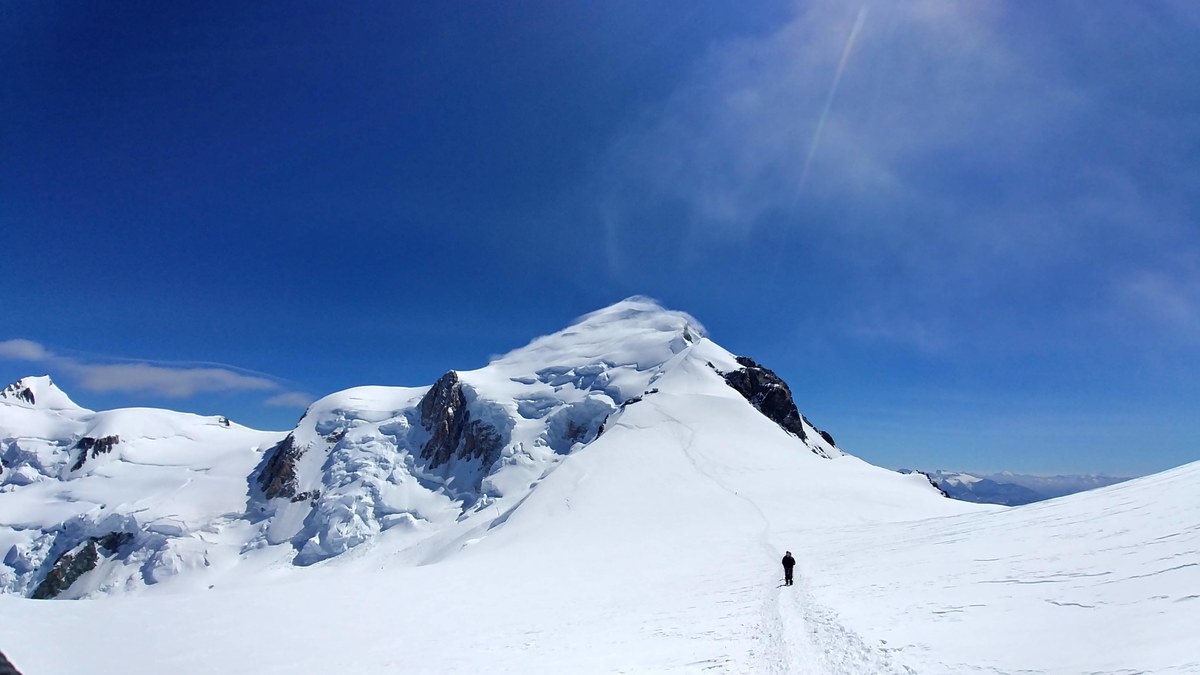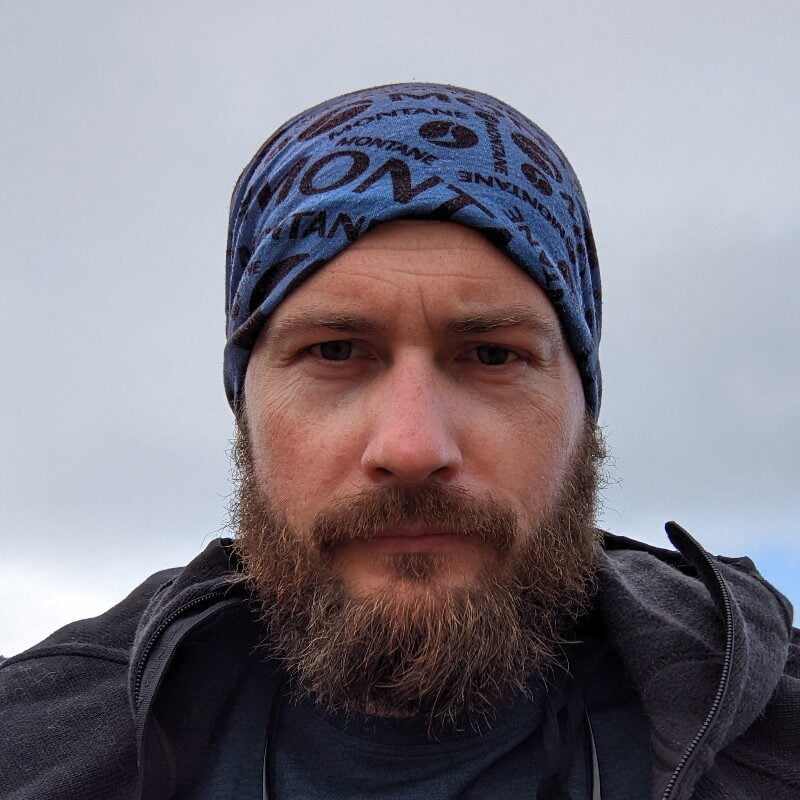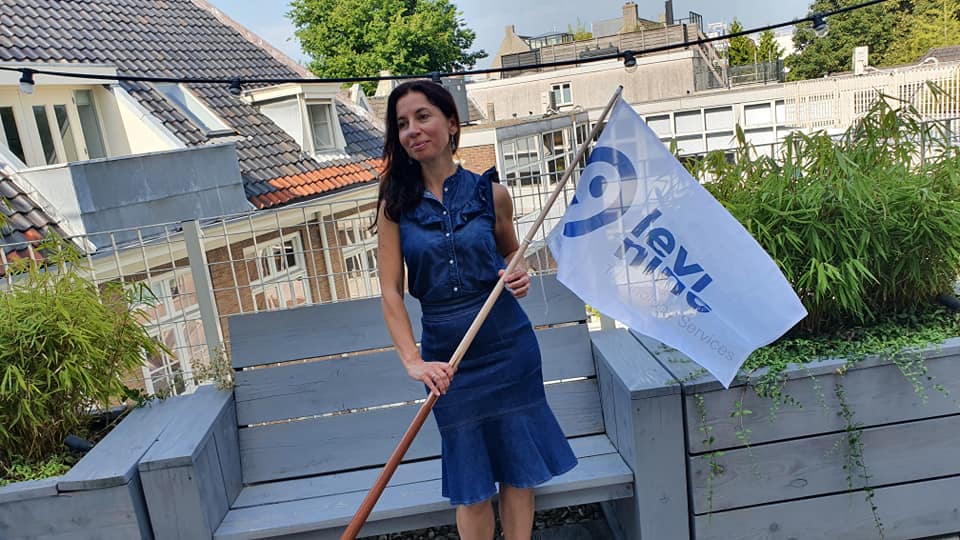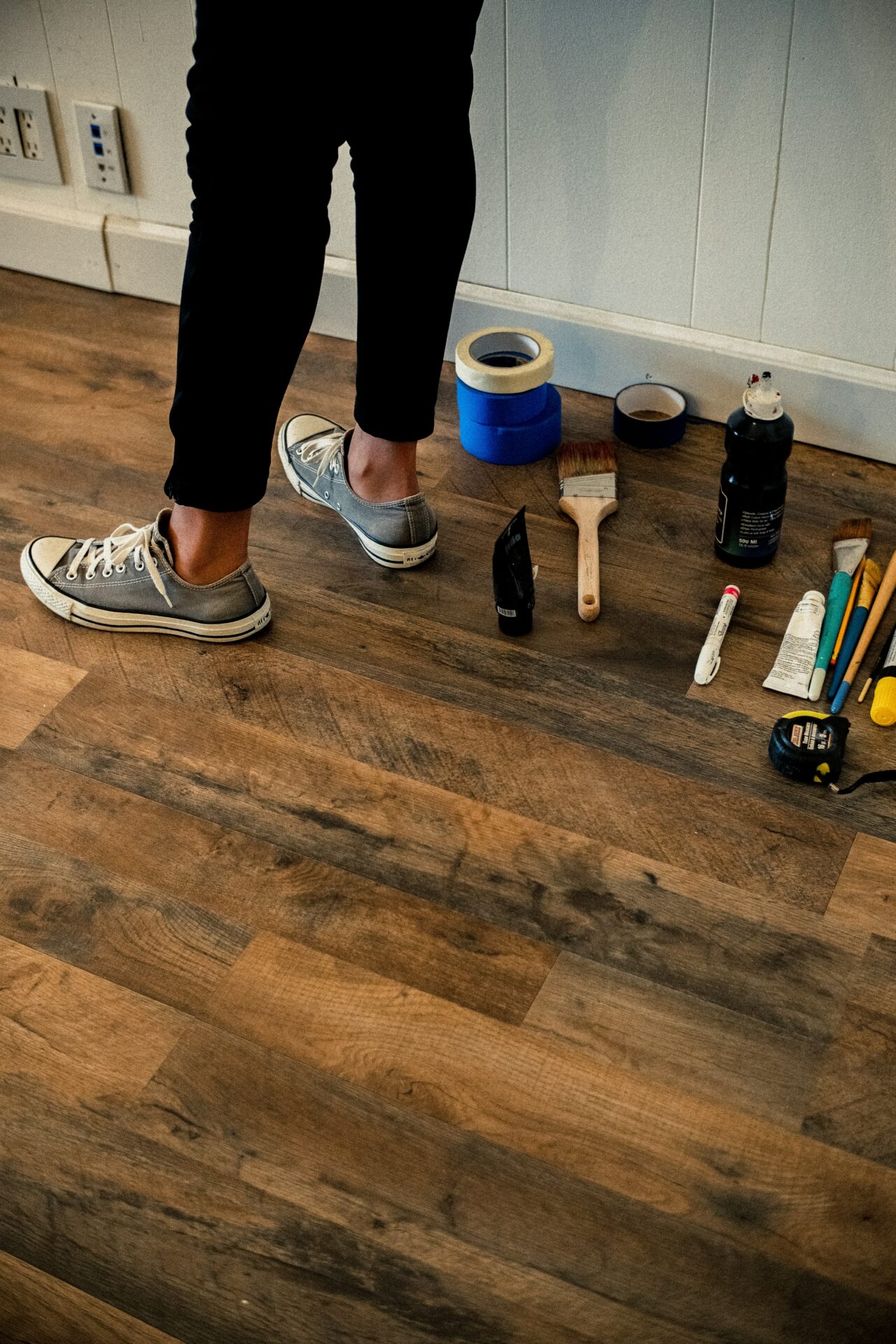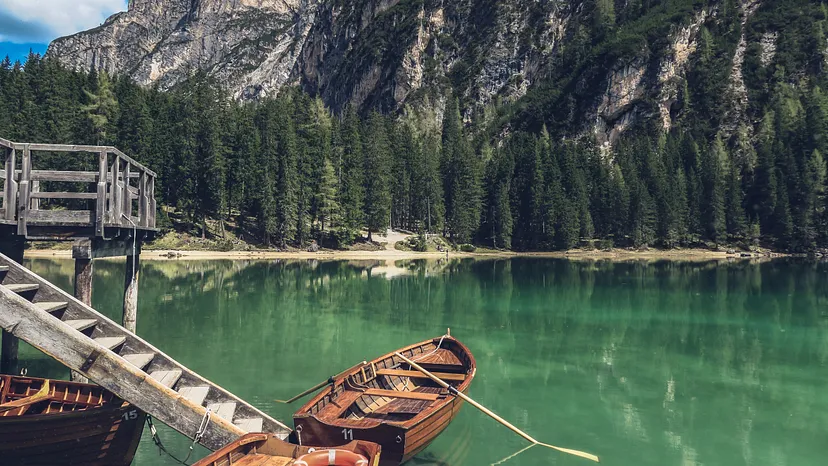Dmytro Kovalchuk is a mountain-climbing IT specialist who works as a Java Software Architect at Levi9.
"In my normal life, I'm an architect at Levi9, an international IT company, so I'm responsible for the technical concept of a product and its optimization. Or, as it might seem from the outside, I draw circles and squares. Instead, I devote my free time to communicating with friends, active sports, and also go to the mountains, make woodwork and work with monoliths, which is also somewhat similar to the work of an architect," says Dmytro.
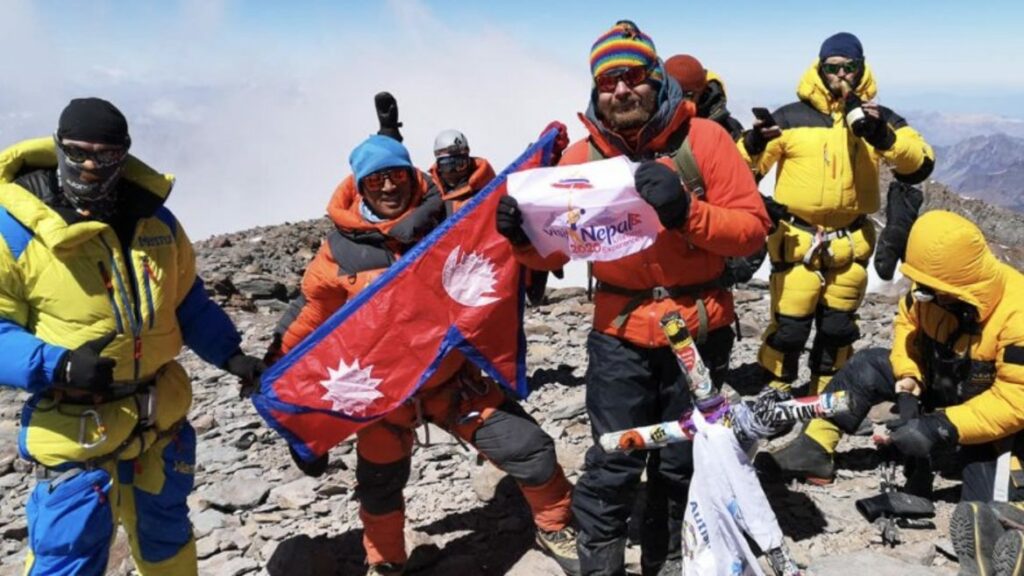
He shared his experience of climbing mountains, about stone crafts as souvenirs, and about woodworking as meditation.
Mountains and superhumans
Once, when I was a child, instead of my favorite “Cousteau’s Underwater Odyssey”, they showed a program about the first ascent of Mont Blanc. At the time, I wasn’t going to the mountains. It seemed to me that only superhumans go there and, unfortunately, I would never see this beauty in person. I lived with this realization for about 20 years, and then I found myself in an interesting company with whom I started hiking.
For the first time we went on a long trekking trip in Morocco, but it could hardly be called a climb. At the end of the trip, we were supposed to climb the highest mountain in North Africa – Toubkal. It was an ordinary mountain, 4167 meters high, but just then the weather was naughty – it was snowing in the Sahara for the first time in several decades. It was terrible in the mountains – wind, snow, and almost zero visibility. I think we were descending for 11 hours. But even with all these adventures, a few months later I persuaded our guide, Sergey Lakhotsky, to climb Mont Blanc. He agreed, and it’s been a rollercoaster ride ever since.
After the mountains, a feeling of calm confidence, and strength remains for a long time. Your physical condition also improves. At altitude, the body adapts to the low pressure, slows down, and mobilizes resources, while at the bottom there is more air, more strength and endurance, and a brighter perception of smells and taste. The effect lasts exactly until someone suggests a new trip or until the skin peels off the burned nose.
As a great climber once said: “The mountains are not a stadium where I satisfy my ambitions. Mountains are a temple where I practice my religion.” And every experience of climbing mountains is unforgettable.
Mountains of impressions
I experience a lot of emotions during the campaign. Any expedition is a piece of life in which there is only you and the team, and you can’t say “enough for today”, postpone it until better times or switch to another activity during the expedition. In the mountains, life is more focused, simple, honest, and responsible, everything is more acute and there is less noise that prevents you from listening to yourself.
On the one hand, everything is simple during an expedition: there is a clear goal and fewer external influences. On the other hand, responsibility increases, because in the mountains you are in danger everywhere, and the price of a mistake or negligence is high. At the same time, you feel both your own strength and humility from the fact that you are just an insect on the slope.
No matter how much you think you’re ready and in control, an avalanche, a rock falls, or a crack appears under the snow, and everything changes. You have to make decisions immediately.
The ascent itself is often like a long meditation. Inhale-exhale-step-step, inhale-exhale-step step, no other thoughts. And suddenly, a glint in the snow, a fancy pile of stone, a fancy cloud somewhere far below, and you turn on, freeze, admire. And there is a friend there, whom you entrust with your life, and he entrusts with his. The mountains teach you to strive for results and temper your ambitions, to retreat when necessary, and to obey and take the initiative. This is too big a world to break down into its components. Most of all, I love it because it leaves an imprint on me.
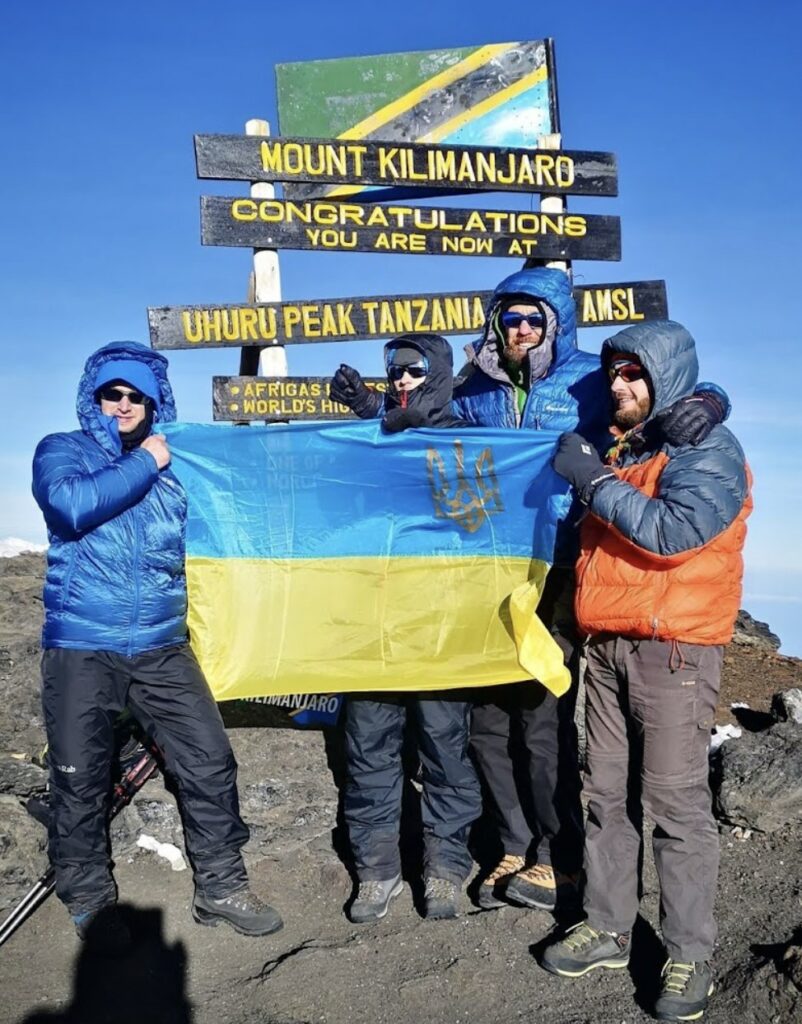
Mountain and mental passes
The most unexpected thing was probably learning to walk again after the climb. In February 2019, we tried to climb the highest mountain in South America, Aconcagua, for the first time. The weather was unfavorable, so we spent almost three weeks on the slopes waiting for a window to storm the summit. That time, the mountain did not let us in, and there was no time for a second attempt, so we loaded our expedition supplies onto mules and started moving towards the exit of the national park where the mountain stands. On the morning of the second day, we passed a picturesque lake that we had hardly noticed on the way up, stepped onto a concrete road, froze, and looked at each other: for the first time in three weeks, we could just walk without looking at our feet or touching every stone with our boots. This feeling is so strange that it’s hard to describe – it’s as if I didn’t know how to walk before and suddenly learned how.
The second such turning point in my mind was when we got on the bus and started driving. It turned out that you could move without moving your legs! A year later, we managed to repeat this experience, but this time Ako was kind to us and we ran up and down the stairs in less than two weeks, but the effect was not as strong.
There were all sorts of situations, but still more fun. For example, in August 2018, we were climbing Mont Blanc in France. On the first day of the climb, due to the weather, we decided not to climb to the Tet-Rous shelter (3200 m) and stay overnight in a small house in the Cabanis shelter (2600 m). But in August there are a lot of people and we might not have enough space for a tent. We decided to take a chance. While we were climbing, a thick fog fell on the route. At the next bend in the serpentine, the guide stopped us, pointed to a thick rope securely attached to the slope, and said that we would have to climb it because there had been a rockfall and the path had been broken. We had to take a shortcut, but the cable was hidden in the fog, there was a kilometer-long cliff under our feet, and I’m very afraid of heights (a paradox, but it doesn’t really bother me in the mountains).
I had only two thoughts at the time: it would be difficult to climb with all the tents in my backpack, and why, if the guide knew about the cable, we didn’t bring belay systems. It turned out that the guide was a real actor – everything was fine with the trail, it was only covered by fog, and the “cable” was an electric cable that would have allowed us to climb a short distance.
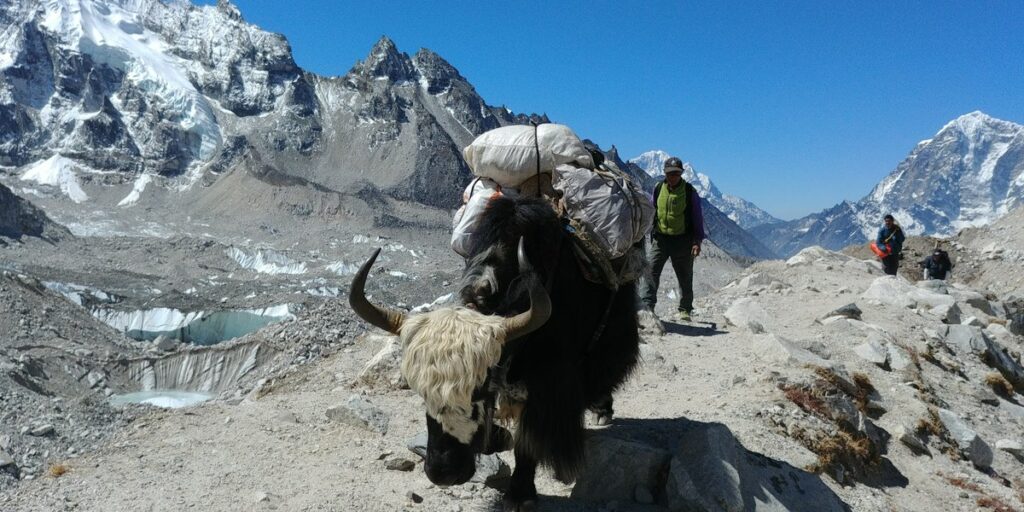
"Mum, I'm wearing a hat"
In January 2020, my friend and mountain adventure partner Serhii Sobur and I started the “Mum, I’m wearing a hat” Telegram channel. Initially, we planned it as an alternative to a satellite communicator, which allows you to send a short message and the current position of the climber or an SOS signal every 10-15 minutes. That’s why the channel contains many short messages with coordinates, time, and text saying that everything is fine.
Over time, we got the hang of it and started adding longer texts and photos, and reflective posts appeared last spring when we were stuck in Nepal for a month due to Covid.
And the news related to mountaineering broke in January 2021, when Nirmal Purji’s team climbed K2, the second-highest mountain in the world, for the first time in history in winter. This was a remarkable event – the mountain is dangerous, and climbers had only successfully climbed it in the summer of 1954.
After the victory, we would like to return to the original format of short notes from long expeditions, and for long stories and reflections, we would like to try a different format and platform.
If someone wants to set up a travel channel, there are a few features that are worth paying attention to.
- Internet is rare in the mountains. Convince those who are worried about you that if you have not been in touch for several days, you have gone on an assault and are probably fine.
- Add date and time to messages. Telegram will set the date at the moment it can send the message to the server, which may be a few days after you wrote it. It will be difficult for readers to understand when you wrote.
- Have a backup copy. We had a few cases when messages already typed in Telegram disappeared, but there were some.
- Text messages will arrive in the order you typed them, which is great. But with photos, it's not so convenient as they will arrive in a jumble.
- Buy good thin gloves with conductive pads on the fingers. When typing a message, you already have to choose your words and make sure that your phone doesn't run out of power, and you don't want to add frostbitten fingers to the mix.
I also tempt my friends to join me on these trips. Some of them love the mountains but have never been on a hike before. Before the war, we wanted to organize intimate meetings and share our experiences. We even thought about watching the film “14 Peaks: Nothing is Impossible” on Netflix, discuss and supplement it with stories about our adventures and the peculiarities of climbing.
Stones as souvenirs
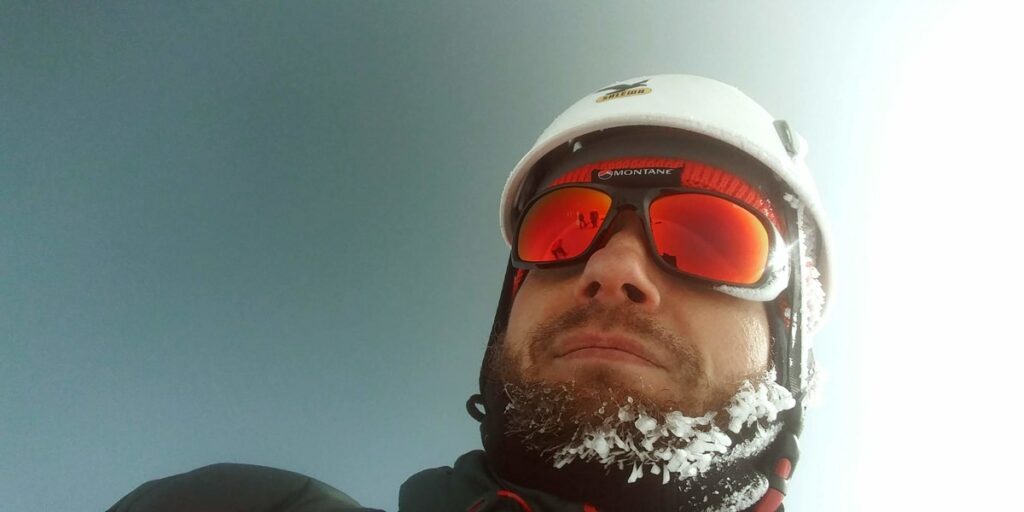
The first time I brought stones from the mountains as a gift. One of my friends, who had already been to Nepal and Kamchatka when I was just starting to hike, asked me for a stone from the top. Since then, I’ve been diligently looking for and bringing back several to choose from, and I have a small collection at home from different slopes. I signed them, for a while they were exhibits in my “uninteresting museum”, and then I decided to make small dioramas out of them to remind me of the trip. It’s a long process, so I put it off until I won.
Instead, I managed to work with a large stone. There are several large granite slabs in my grandmother’s yard. They didn’t bother us before, but now we want to build something there. It’s impossible to lift the slabs, and we don’t have the strength to move them to a more accessible place – each one weighs one and a half tons. They need to be broken into smaller fragments.
It’s a bit like the work of an architect in IT, but sometimes it’s easier to break granite than a written program.
Working with stone is painstaking and delicate – even with a 1.5-tonne slab, you don’t need to use excessive force. If you press the hammer too hard, the bit will melt and become unusable. The wedge fits into the drilled holes in the stone quite easily, but if it is driven too deep, it will break, while the stone will remain intact. You can’t break a monolith with a snarl or brute force, and if you strike it lightly and gently, the stone will give way and split. In addition, some sounds bring joyful anticipation. For example, the cracking of a stone that is about to split, or a transparent echo when you hit a wedge, which signals weakness and that a crack may appear in a few minutes. I don’t know how to work with all stones yet, but I want to learn. Now, for example, I’m reading up on how to work with different stones.
What is suitable for a fragment of quartz from Aconcagua will shatter a piece of volcanic tuff from the Ijen volcano and crush a neat basalt cube from Iceland.
Wood as a hobby
I have been interested in working with wood since I was a kid, and I got acquainted with this craft when my father and grandfather decided to build a grain storage facility. The project was entirely wooden and quite large-scale. To understand how big it was, a combine harvester was easily placed at one end and a mill at the other. Of course, at first, I was only allowed to level nails, but over time, under the strict supervision of my elders, I cut my first board with a circular saw. It’s a pleasure to inhale the scent of wood, and when I work with it, I am in two states: when everything goes smoothly, you join the flow and only the finished parts on the table tell you how many hours you spent on it.
And sometimes the job doesn’t work out, and then you feel like you’re solving a puzzle. This is also pleasant, and usually the next morning you find a solution. It becomes easier to work and you get back into a state of flow.
I want to make something small and neat out of wood. Eventually, I plan to make a coffee table, but right now I’m working on household tasks – mending my grandmother’s fence, hanging garden tools, formwork for a garden bed, and similar things. In a few weeks, I will start laying the floor in one of the rooms.
I do it for the soul and I like it when my products are useful. At the same time, I know guys who left IT to make motorhomes. I understand them, but I still find architecture interesting and enjoyable. Wood will remain a hobby for now, as well as stone processing. There is a pleasant fatigue effect from this work, and I like to sometimes leave something for tomorrow and wait for the opportunity to return to the workshop, like a child with presents from St Nicholas.
The perfect day off
My ideal day off is to have no plans. I like to start the morning with a run in the nearby woods around the lake, then meditate for 10 minutes, take a shower, and read a book. In the afternoon, I decide to socialize a bit, call my godfather and be in Obolon in a kayak in an hour. Afterward, I’m going to visit them for a cup of tea and let the youngest of my cousins’ children braid my beard into little pigtails. In the evening, I come home and read some more before going to bed.
I have been actively spending my free time since childhood. I used to do Shotokan Karate professionally, but after moving to Kyiv, college, and work took up all my time. Instead, I became interested in playing the guitar. Some of the guys from my band played at the institute, and I went to a concert with my headman’s band a few years ago. I managed to learn a few chords and even remember them when we were stuck in Nepal for a long time. I suspect that we were let out so that I would no longer terrorize the locals with my playing. I also love billiards. My friends and I regularly gathered at the snooker table. The plans for the future are grandiose. We agreed with our friend and guide Serhii Lakhotskyi to climb an eight-thousander without oxygen, and to prepare for it, we will climb several more interesting mountains and hike new routes on the ones we already know.
